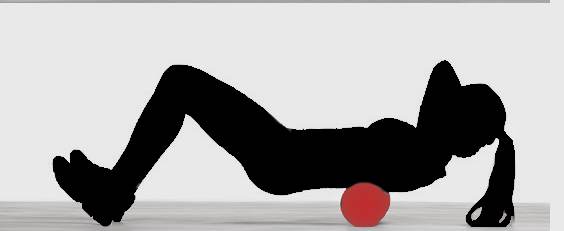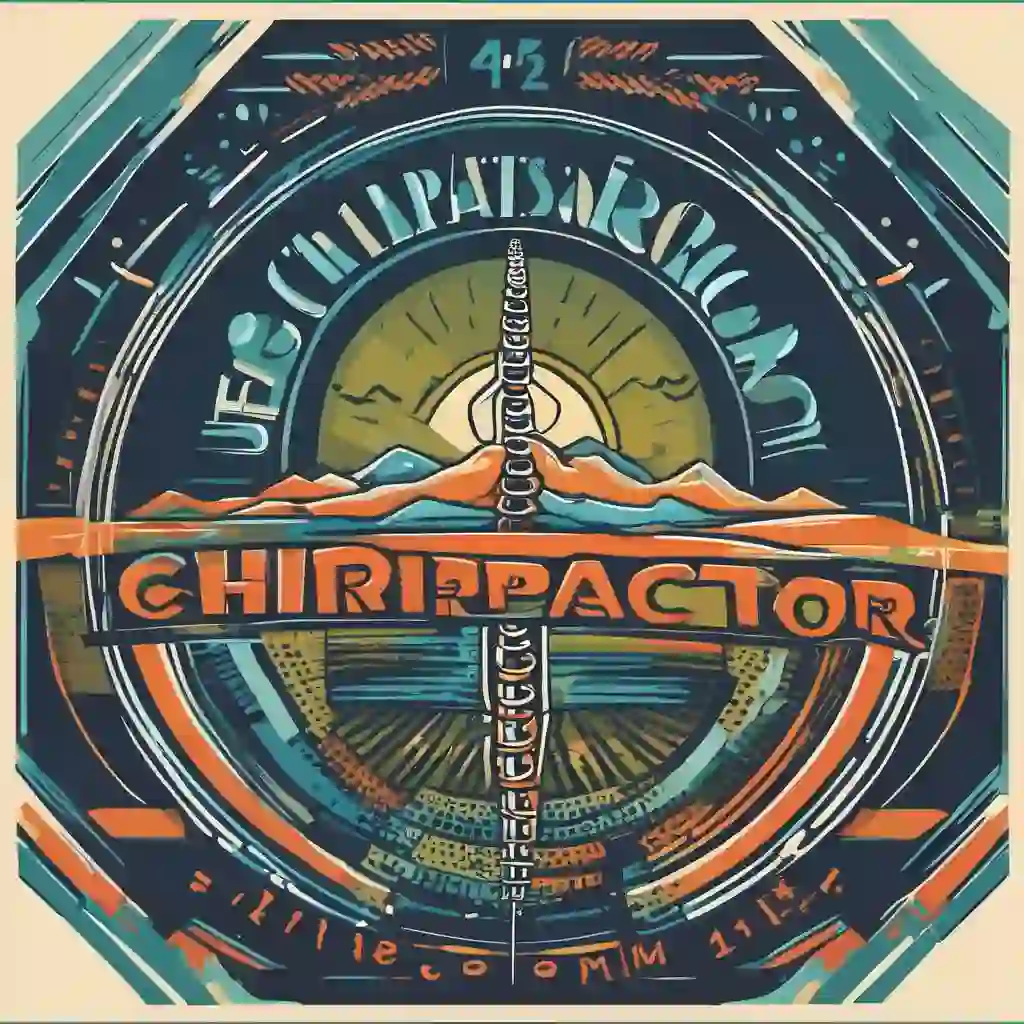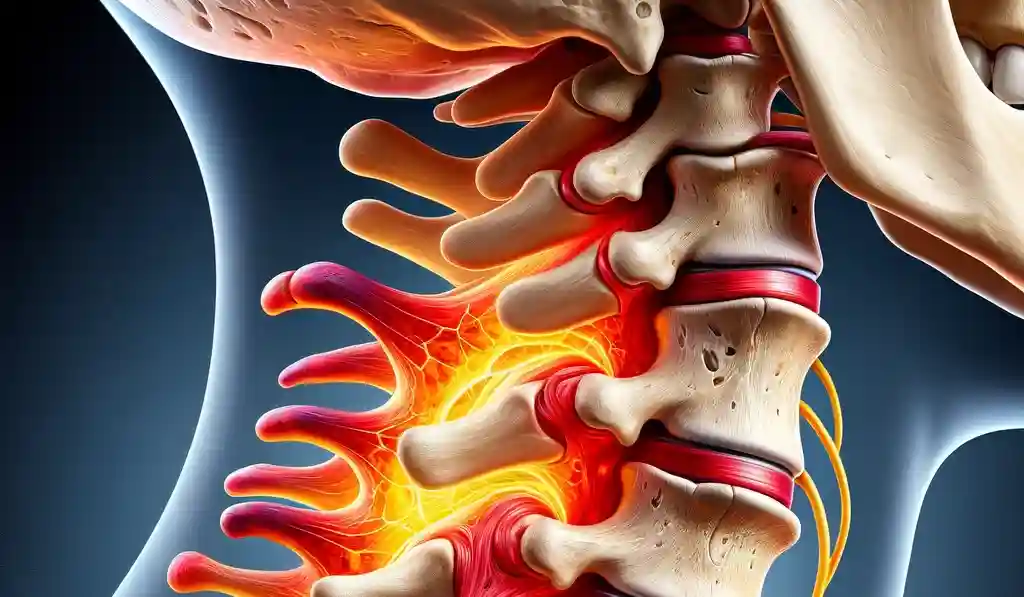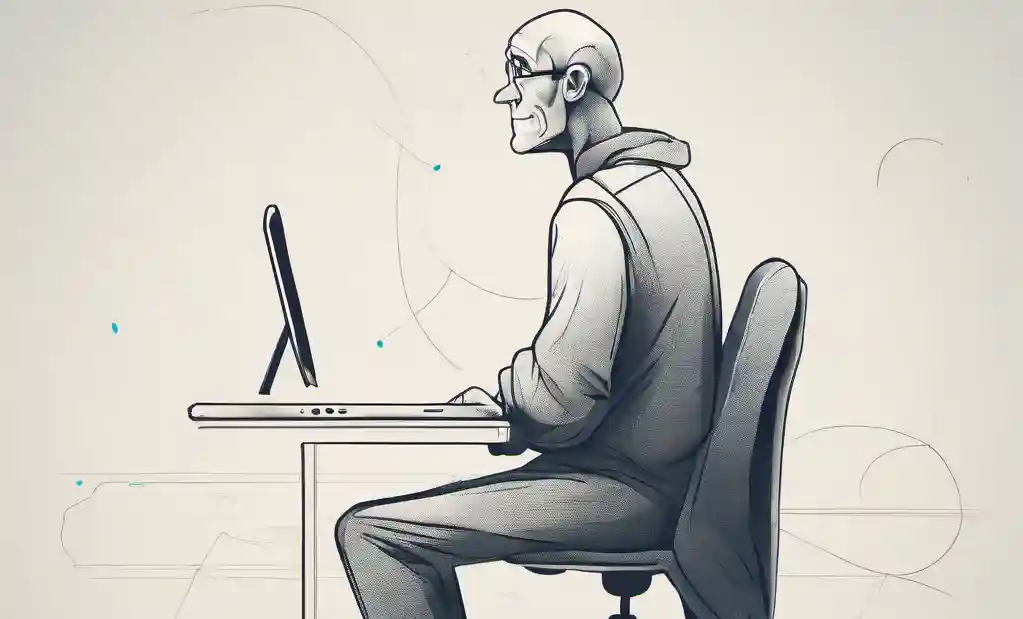The Ultimate Guide To Thoracic Disc Herniation Exercises for Pain
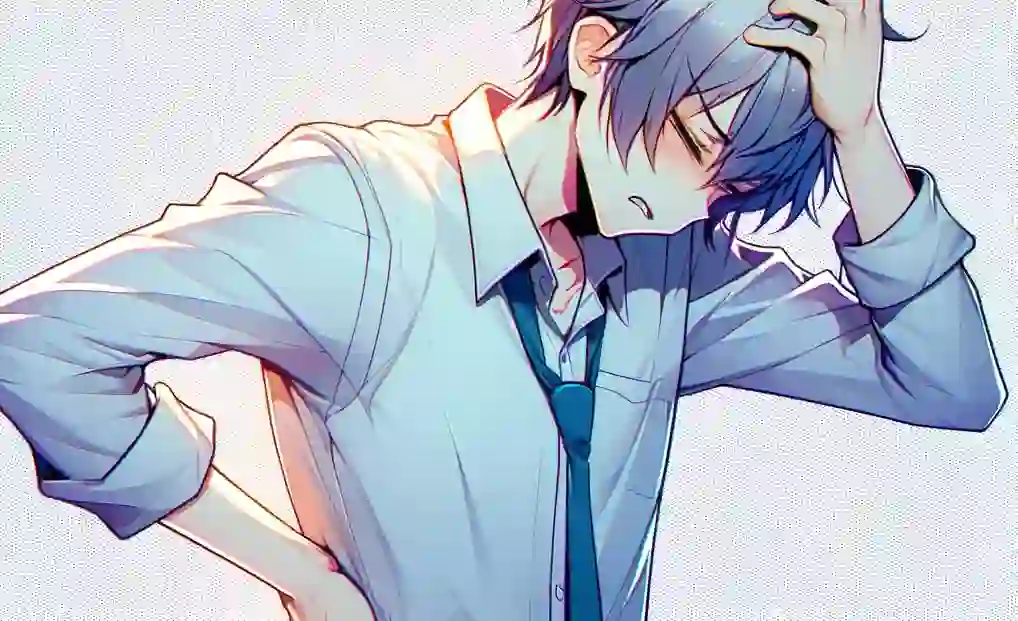
Are you grappling with thoracic disc herniation and the persistent pain that comes with it? Don’t fret; you’re not alone. In this article, we’ll not only delve into the fundamentals of the thoracic spine but also equip you with a comprehensive set of exercises designed to alleviate your discomfort. Say goodbye to thoracic pain during prolonged sitting, and let’s get started on your journey to a healthier, pain-free back.
The Thoracic Spine is special for three reasons.
Thoracic discs are wedge-shaped
Your thoracic discs have a wedge-shaped structure, being thicker at the back and thinner at the front. Imagine stacking a series of these wedge-shaped blocks, and the result is a natural arc. In your thoracic spine or mid-back region, these wedges are gently angled, creating a subtle arc or curve. This gentle curve is a key feature for most individuals.
The significant aspect of this anatomical arrangement becomes evident when your posture is poor, typically observed when slouching—common in modern sedentary lifestyles. In such instances, not only does this posture exert pressure on the thoracic spine but also impacts the neck vertebrae known as the cervical spine. For many individuals, the pain experienced is a consequence of this slouched posture, intensifying pressure on the thoracic spine, and subsequently, on the neck.
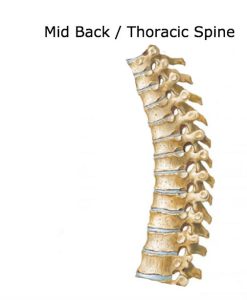
The Unique Bond: How the Thoracic Spine and Ribs Form a Vital Connection
The uniqueness of the thoracic spine lies in its attachment to the ribs, granting it a heightened level of stability. While this stability reduces the degree of motion in the thoracic spine, it also renders this area less susceptible to injuries. In contrast, a forward head posture, as discussed earlier, exerts pressure on both the thoracic and cervical spine, with the cervical spine bearing a more substantial burden.
Decoding Thoracic Pain: Unveiling the Connection to the Cervical Spine for Effective Treatment
Understanding this distinction is crucial, as it directly impacts the approach to treatment. Often, even when the pain seems localized in the thoracic spine, it may originate from the neck. Therefore, a chiropractor needs to accurately identify the source of pain, differentiating between cervical spine pain, combined cervical and thoracic spine pain and isolated thoracic spine pain.
Lumbar Herniated Disc Exercises
In my practice, addressing neck issues has proven effective in alleviating or significantly reducing thoracic pain for the majority of individuals. Only a smaller subset requires specific mid-back treatment to eliminate residual discomfort. Instances of pure thoracic spine pain are relatively rare. The key lies in the chiropractor’s ability to discern the origin of pain and tailor the treatment accordingly, whether it be the cervical spine, both the cervical and thoracic spine or solely the thoracic spine.
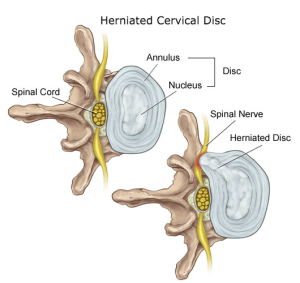
Thoracic Disc are located away from the nerve
The uniqueness of the thoracic spine extends to the positioning of the nerve above the disc, reducing the likelihood of nerve pinching. In contrast, both the cervical (neck) spine and the lumbar (lower back) spine have the disc and the nerve situated at the same level. This means that if a disc herniates in the cervical or lumbar spine, there is a higher probability of it pinching the nerve. However, if a thoracic disc herniates, it is less likely to cause noticeable symptoms or discomfort.
Cervical Disc Herniations: Best Exercises For Your Sore Neck
You might be thinking that’s horrible to have a disc herniation even though you can’t feel it. According to research 30% of 30 year old have disc herniations and have absolutely no symptoms in the lower back. In fact “It is very rare for an MRI. to come back with the words ‘normal study,“ said Dr. Christopher DiGiovanni, a professor of orthopedics and a sports medicine specialist at Brown University. “I can’t tell you the last time I’ve seen it.” From the New York Times
If you undergo a comprehensive whole-body MRI, various imperfections may probably be identified that are unlikely to pose any significant issues. Just as your skin may have imperfections or spots without causing problems, a similar scenario applies to the spine. Many individuals exhibit degeneration and disc herniations in the lower back and neck without necessarily experiencing pain or discomfort. Similarly, if thoracic disc herniations are present, they are often asymptomatic, coexisting without causing any noticeable disruptions or pain in your daily life.
Thoracic Disc Herniation: Proactive Steps
If you are having no pain I would personally not do anything about it except for trying to have a good posture and getting up from your sitting position every two hours.
However, if you are having pain in your upper back I would get your neck treated. If you are having pain in the lower part of the mid back likely it’s coming from the lower back.
Having said this most of you with pure thoracic pain can be helped with the exercises below.
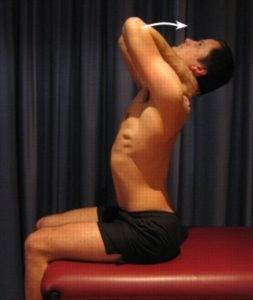
Picture Reference #1
Exercise #1 Thoracic Sitting Extension
- Sit down and put your hands behind your neck loosely.
- Arch your mid back backwards while bringing your elbows as high as you can go to assist.
- You will also be arching your lower back but this is OK.
- You may feel a bit sore. As long as the soreness decreases with repetition this is fine. If the soreness increases stop right away. Do the exercises 10 times 4 times a day.
Exercise # 2 Foam Roll Thoracic Curve Reverse
- Put a hard foam roll on the floor.
- Put the roll under your mid-back in the area where you feel the pain.
- Lie on it for 30 seconds and work your way up five minutes
- You may feel a bit sore. As long as the soreness decreases with repetition this is fine. If the soreness increases stop right away. Do the exercises 10 times 4 times a day.
#3 The Cow
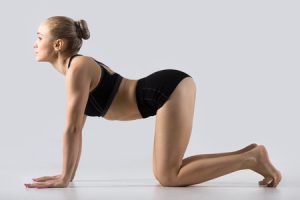
- Get on all fours with your knees under your hips and hands under your shoulders.
- Inhale and let your belly fall downwards toward the floor as you look up toward the ceiling for 2 seconds.
- Repeat 10 times 4 times a day.
- You may feel a bit sore. As long as the soreness decreases with repetition this is fine. If the soreness increases stop right away. Do the exercises 10 times 4 times a day.
Exercise #4 Bruegger
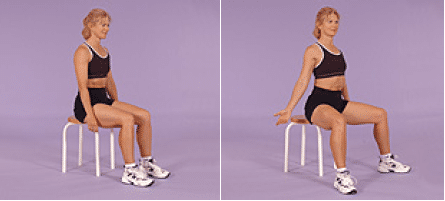
Picture Reference #2
- Sit on the edge of a chair
- Tuck in your chin
- Turn your thumbs out and bring your arms behind you
- Squeeze the shoulder blades together and toward your tailbone.
Low Back Arch Test: Put both hands in the arch of your back. Push firmly forward as far as your lower back will go until it stops. Notice that your head moves backwards. When you let go what do you notice? Your head goes forward.
So your lower back is the foundation for your sitting posture. If your lower back isn’t in the right place then your neck and head won’t be in the right place. Leave your head for 8 hours like that every day and you have the recipe for headaches, neck pain and you guessed it neck or mid-back pain.
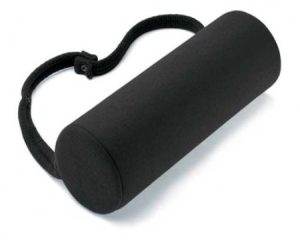
Lumbar Support Roll For Your Mid Back
So if your chair doesn’t have enough support then first use a rolled-up bath towel to see if you need more support. By using a towel you can unroll the towel to get less support and roll it more or use a bigger towel if you need more support. If it works and you are happy stick with the towel.
If you are tired of placing the towel in the arch of your back each time you sit down again then get yourself a lumbar support roll.
Feel free to share your questions thoughts and experiences in the comments below, and don’t forget to connect with us on Facebook for more updates and tips on improving your health. We’d love to hear your opinions on who you consider the best Toronto chiropractor.
Picture Reference
- http://www.physioadvisor.com.au/exercises/flexibility-joints/upper-back-stretches/
- http://deltaspinalcare.com/DeskStretches.html
